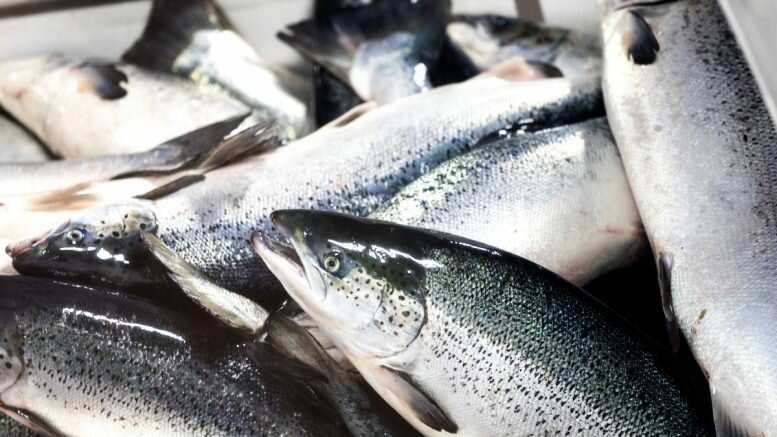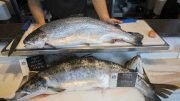In the last fifteen years, the level of marine omega 3 fatty acids in farmed salmon has been halved. Still, there’s enough in one serving to cover people’s daily needs.
The information was published by the Institute of Marine Research, which carried out a study to look at how the content of the most important nutrients in farmed salmon has developed in the last 15 years.
“Our results show that even though the content of marine omega-3 fatty acids more than halved, salmon still contains a lot of the important nutrient,” doctoral fellow Amalie Moxness Reksten stated in a press release.
Over the last fifteen years, farmed salmon have gone from eating feed with mainly marine ingredients to more vegetable ingredients such as soy, rapeseed, wheat, corn, and sunflower.
“Changes in the feed affect what the fish fillet that we eat contains,” Reksten said.
Notable reduction
“We saw the largest reduction in omega-3 from 2005 to 2011, while in recent years the levels have been relatively stable,” she noted.
On the other hand, the content of vitamin D has remained stable over time, while the content of vitamin B12 has increased slightly. The amount of iodine has dropped further.
“Fatty fish contains little iodine, and this was confirmed by our study. In fact, the content of iodine has decreased slightly over time, and the farmed salmon has thus gone from containing little to containing even less iodine,” Reksten said.
Source: © NTB Scanpix / #Norway Today / #NorwayTodayNews
Do you have a news tip for Norway Today? We want to hear it. Get in touch at [email protected]



Be the first to comment on "The amount of omega 3 in farmed salmon halved over the last 15 years, Norwegian study shows"